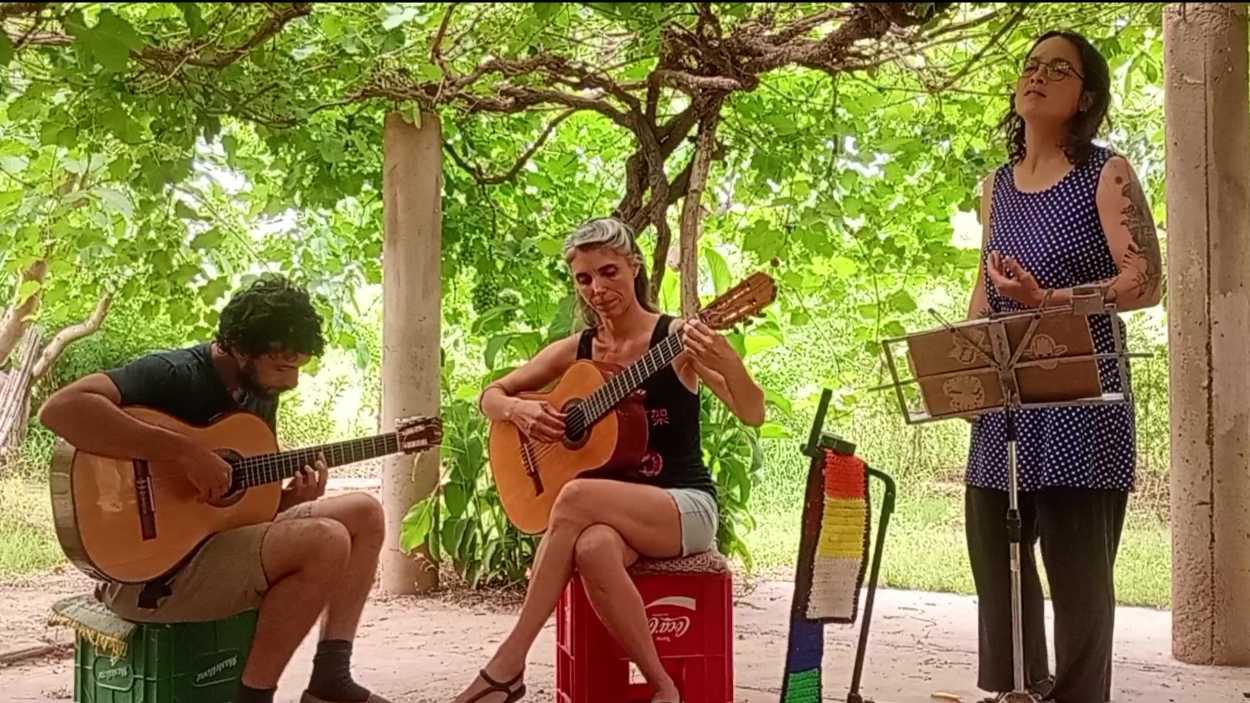Conference Part 1: This Must Be the Place—Latin American Artists in New York, 1965–1975
Conference Part 1: This Must Be the Place—Latin American Artists in New York, 1965–1975
An international group of scholars, artists, and curators started our conference discussing their research on artists from Americas Society's current exhibition.
Speakers
- Alyson Cluck, PhD Candidate, Department of Art History and Archeology, University of Maryland
- Vivian Crockett, Curator, New Museum
- Nicolas Holt, PhD Candidate in Art History, McGill University
- Megan Kincaid, PhD Candidate in Modern and Contemporary Art, Institute of Fine Arts, New York University
- Daniela Mayer, MA in Art History, Hunter College
- E. Carmen Ramos, Chief Curatorial and Conservation Officer, National Gallery of Art, Washington DC
- Florencia San Martin, Assistant Professor of Art History and Global Cultures, California State University, San Bernardino
- Blanca Serrano Ortiz de Solórzano, Project Director, ISLAA
- Delia Solomons, Assistant Professor of Art History, Westphal College of Media Arts & Design, Drexel University
- Catherine Spencer, Senior Lecturer, School of Art History, University of St. Andrews
- Aimé Iglesias Lukin, Visual Arts Director and Chief Curator, Americas Society
- See the schedule of presentations for Part 1.
- To watch specific panels in this video, see the time stamps in the YouTube description.
From eroticism, queerness, and using the body as art to the role of immigrants in New York's art scene in the 1960s and 1970s, scholars researching artists such as Hélio Oiticica, Zilia Sánchez, and José Antonio Fernández-Muro presented their analysis on the first day of Americas Society’s (AS) conference on the exhibition This Must Be the Place: Latin American Artists in New York, 1965–1975, on view in New York through May 14, 2022.
In the first panel, Vivian Crockett encouraged the audience to reflect on art historians' process and how researchers can face the limits of empathy while also honoring themes of identity, queerness, sexuality, and exile that are present in artists’ work. The next round of discussion went over how artists leaving their respective countries faced “internal colonialism” by feeling they didn't belong in their new country.
To close the conference's first day, the National Gallery of Art's E. Carmen Ramos talked about how AS exhibition gathers the important work of Latinx art while pointing to the gaps between artists work which make the research necessary today. Ramos explained that, until 2010 many U.S. art institutions did not feature Latin American artists and Latinx art was not viewed by curators as “American” art. She discussed recent debates on what “Latino art” means and discussed the lack of modern repertoire critics have to fully understand the work produced today. “The response of our field and my work is to resist,” Ramos said, explaining the place to start should be to address colonialism and take artists’ work as cues on which historical moments should be challenged to reframe “American” culture today.








